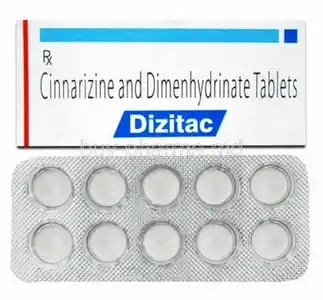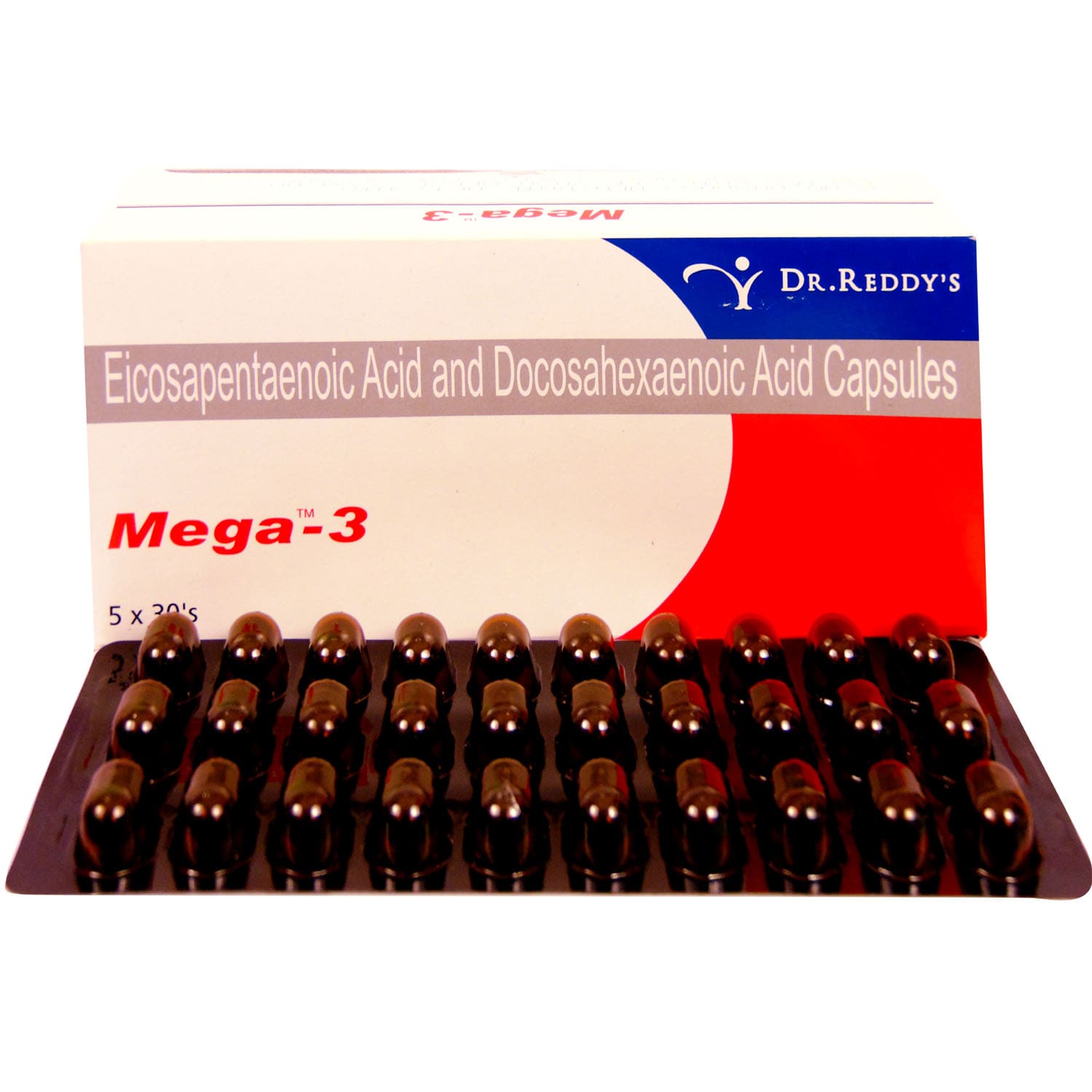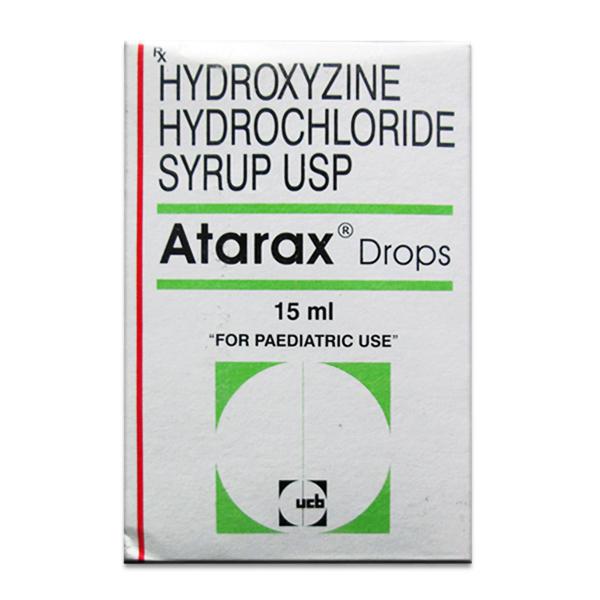Gemvert Tablet 10s CINNARIZINE + DIMENHYDRINATE
Gemvert Tablet 10s contains Cinnarizine and Dimenhydrinate, a dual specialist team working on different aspects of your body's balance system. Cinnarizine primarily targets the outer parts, while Dimenhydrinate focuses on the inner parts. Together, they provide comprehensive relief from issues like motion sickness, vertigo, and balance disorders.
Cinnarizine functions by stabilizing the cells in the outer balance system, reducing sensitivity to motion. Dimenhydrinate works on the brain's inner balance centers to control symptoms like nausea and dizziness.
Their combined action helps maintain balance and reduce discomfort associated with motion-related issues.
Follow your doctor's instructions for dosage and duration medication can be taken with or without food. For consistent results, take it at the same time each day.
Swallow the tablet whole without chewing, crushing, or breaking it.
Be cautious of drowsiness and dizziness, especially at the start of treatment. Avoid driving or operating machinery until you understand how the medication affects you
Individuals with Parkinson's disease should use Cinnarizine cautiously, as it may worsen symptoms.
Side effects include drowsiness, dry mouth, headache, and stomach pain.
If you miss a dose, take it as soon as you remember. However, if it's close to the time for your next dose, skip the missed one and continue with your regular schedule. Do not take a double dose For advice on managing missed doses, consult your doctor.


Are the medicines in combination of Cinnarizine and Dimenhydrinate safe to take together?
Cinnarizine and dimenhydrinate both have sedative properties and can enhance the effects of other CNS depressants, such as alcohol, sedatives, and certain antidepressants. When used together, there is a potential for increased drowsiness and impaired cognitive function. Monitoring for these interactions involves observing for signs of excessive sedation, confusion, or impaired motor skills. Patients should be advised to avoid alcohol and be cautious when engaging in activities requiring alertness. Regular consultation with a healthcare provider can help manage and monitor these interactions effectively.

Are there harms and risks from taking combination of Cinnarizine and Dimenhydrinate?
Common side effects of cinnarizine include somnolence, nausea, and increased weight. It may also cause extrapyramidal symptoms like tremor and Parkinsonism in rare cases. Dimenhydrinate commonly causes drowsiness, dry mouth, and dizziness, with potential for excitement or hyperactivity, especially in children. Both medications can cause drowsiness, so caution is advised when driving or operating machinery. While both are generally well-tolerated, patients should be aware of these potential side effects and consult a healthcare provider if they experience severe or persistent symptoms.

Can I take combination of Cinnarizine and Dimenhydrinate if I am pregnant?
The safety of cinnarizine during pregnancy has not been established, and its use is not advisable unless the benefits outweigh the risks. Dimenhydrinate should not be used during pregnancy unless deemed essential by a physician, as there is a potential risk of cleft palate and other defects. Both medications should be used with caution during pregnancy, and pregnant women should consult their healthcare provider to discuss potential risks and alternative treatments. It is important to consider the safety of the fetus when prescribing these medications.

Can I take combination of Cinnarizine and Dimenhydrinate while breastfeeding?
There is limited data on the excretion of cinnarizine in human breast milk, and its use during breastfeeding is not recommended. Dimenhydrinate is excreted in breast milk and may affect the nursing infant, so it should be used with caution. Both medications have potential sedative effects, which could impact the infant. Breastfeeding mothers should consult their healthcare provider to weigh the benefits and risks before using these medications, and alternative treatments should be considered if necessary.

Can I take combination of Cinnarizine and Dimenhydrinate with other prescription drugs?
Cinnarizine may interact with alcohol, CNS depressants, and tricyclic antidepressants, potentially enhancing their sedative effects. Dimenhydrinate can interact with anticholinergic drugs, antidepressants, and CNS depressants, increasing the risk of side effects like dry mouth and drowsiness. Both medications can enhance the sedative effects of other drugs, so caution is advised when used concurrently with other sedatives or depressants. Patients should consult their healthcare provider before combining these medications with other prescriptions to avoid adverse interactions.

For how long is combination of Cinnarizine and Dimenhydrinate taken?
Cinnarizine is often used for maintenance therapy in chronic conditions like Meniere's disease, where long-term use may be necessary. Dimenhydrinate is typically used for short-term relief of motion sickness symptoms, with effects lasting 3 to 6 hours per dose. Both medications can be used as needed for acute symptoms, but cinnarizine is more suited for ongoing management of balance disorders, while dimenhydrinate is ideal for immediate symptom relief during travel.

How does combination of Cinnarizine and Dimenhydrinate work?
Cinnarizine acts by inhibiting the transport of calcium ions across cell membranes, reducing smooth muscle contractions and vestibular reflexes, which helps alleviate symptoms of balance disorders. Dimenhydrinate, a combination of diphenhydramine and 8-chlorotheophylline, works as an H1-antagonist, blocking histamine receptors and depressing labyrinthine function to prevent motion sickness. Both medications are antihistamines that help manage symptoms like nausea and dizziness, but they have different mechanisms of action within the body.

How does one take combination of Cinnarizine and Dimenhydrinate?
Cinnarizine should preferably be taken after meals to minimize gastric irritation, and the tablets can be sucked, chewed, or swallowed whole with water. Dimenhydrinate can be taken with or without food, but the first dose should be taken 30 minutes to 1 hour before travel to prevent motion sickness. Both medications may cause drowsiness, so alcohol and other CNS depressants should be avoided. There are no specific food restrictions for either medication, but patients should follow any additional dietary advice from their healthcare provider.

How do I know if combination of Cinnarizine and Dimenhydrinate is working?
The benefit of cinnarizine is assessed by its ability to reduce symptoms of balance disorders such as vertigo, tinnitus, and nausea, particularly in chronic conditions like Meniere's disease. Dimenhydrinate's effectiveness is measured by its ability to prevent and treat nausea, vomiting, and dizziness associated with motion sickness. Both medications are evaluated based on symptom relief and improvement in the patient's quality of life. Clinical trials and patient feedback are used to assess their efficacy in managing these conditions.

How do I store combination of Cinnarizine and Dimenhydrinate?
Cinnarizine does not require any special storage conditions and should be kept in its original packaging to protect it from moisture and light. Dimenhydrinate should be stored at room temperature, away from excess heat and moisture, and kept in a tightly closed container. Both medications should be kept out of reach of children. Neither requires refrigeration, but they should be stored in a safe place to maintain their efficacy and prevent accidental ingestion.

How effective is combination of Cinnarizine and Dimenhydrinate?
Cinnarizine's effectiveness is supported by clinical trials showing its ability to manage symptoms of balance disorders like vertigo and Meniere's disease, as well as motion sickness. Dimenhydrinate has been proven effective in preventing and treating motion sickness symptoms through its antihistamine properties. Both medications have been evaluated in clinical settings, demonstrating their efficacy in reducing nausea, vomiting, and dizziness. While cinnarizine is more suited for chronic conditions, dimenhydrinate provides quick relief for acute symptoms, and both are well-established in their respective uses.

How long does it take for combination of Cinnarizine and Dimenhydrinate to work?
Cinnarizine typically takes 2.5 to 4 hours to reach peak serum concentrations after oral administration, indicating a relatively slow onset of action. Dimenhydrinate, on the other hand, begins to work within about 30 minutes after oral administration, with effects peaking within 1 to 2 hours. Both medications are used to manage symptoms related to motion sickness and balance disorders, but dimenhydrinate acts faster, making it more suitable for immediate relief. Cinnarizine's slower onset may be more appropriate for maintenance therapy in chronic conditions.

What disease or symptom is combination of Cinnarizine and Dimenhydrinate used for?
Cinnarizine is indicated for disorders of balance, such as Meniere's disease, and for the control of motion sickness. It helps manage symptoms like vertigo, tinnitus, and nausea. Dimenhydrinate is primarily used to prevent and treat nausea, vomiting, and dizziness caused by motion sickness, and it is also used for Meniere's disease and other inner ear problems. Both medications are effective in managing symptoms related to balance disorders and motion sickness, but cinnarizine is more focused on chronic conditions, while dimenhydrinate is used for acute symptom relief.

What is combination of Cinnarizine and Dimenhydrinate?
Cinnarizine and dimenhydrinate are both antihistamines used to treat motion sickness and balance disorders such as vertigo and Meniere's disease. Cinnarizine works by inhibiting calcium ion transport across cell membranes, reducing smooth muscle contractions and vestibular reflexes. Dimenhydrinate, a combination of diphenhydramine and 8-chlorotheophylline, depresses labyrinthine function and acts as an H1-antagonist, blocking histamine receptors. Both medications help alleviate symptoms like nausea, vomiting, and dizziness, but they have different mechanisms of action.

What is the usual dose of combination of Cinnarizine and Dimenhydrinate?
For cinnarizine, the usual adult dose for vestibular symptoms is two 15 mg tablets three times a day, totaling 90 mg daily. For motion sickness, adults take two tablets two hours before travel and one tablet every eight hours if needed. Dimenhydrinate is typically dosed at 50 mg three times daily for adults, with a maximum of 300 mg per day. Both medications are antihistamines used to treat motion sickness and balance disorders, but they differ in their dosing schedules and maximum daily limits.

Who should avoid taking combination of Cinnarizine and Dimenhydrinate?
Cinnarizine is contraindicated in individuals with hypersensitivity to its components and should be used cautiously in patients with Parkinson's disease due to the risk of exacerbating symptoms. Dimenhydrinate is contraindicated in children under 2 years and should be used with caution in patients with glaucoma, asthma, or prostate enlargement. Both medications can cause drowsiness, so caution is advised when driving or operating machinery. Patients should avoid alcohol and consult their healthcare provider if they have any pre-existing conditions or are taking other medications.

















.svg)
